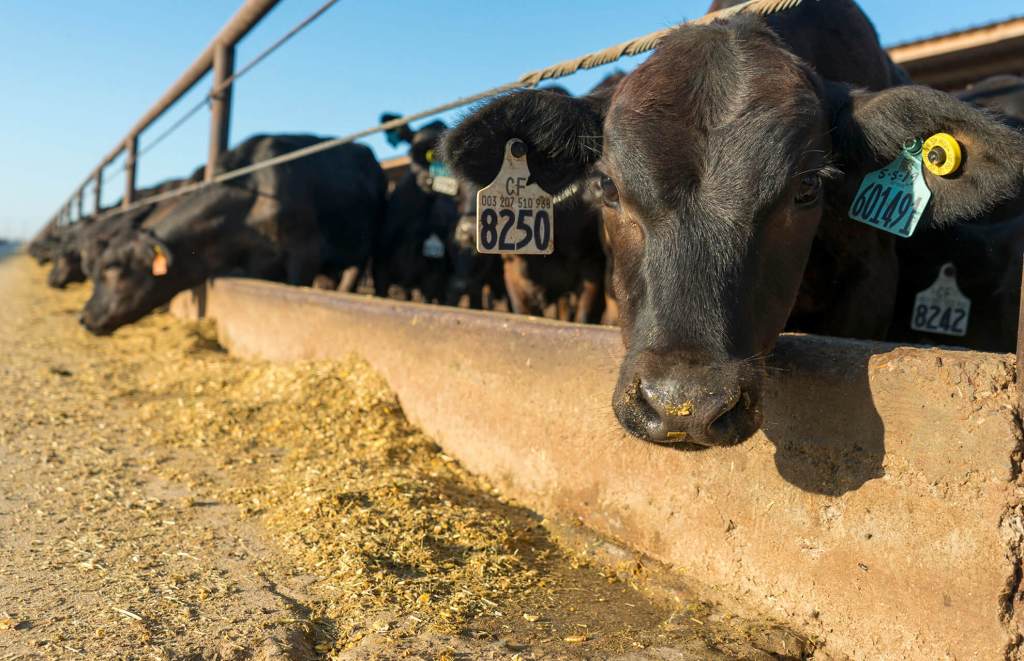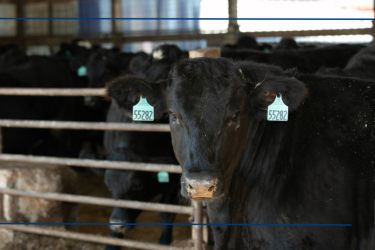Written by Mandy Schmidt for Progressive Dairy
The amount of beef semen used, which cows or heifers are bred to sexed semen and the number of dairy replacements needed are always herd-specific. Furthermore, the plan needs to be consistently monitored due to variable environmental factors, such as reproductive rates, culling levels and youngstock death loss.
Perform a genetic audit to identify your herd’s predicted highest-return females based on genetic traits and trends. When people try to make decisions using industry genetic trends without looking at their specific data, they will either be lucky or wrong. Using a customized index ranking creates balanced progress with direct correlation to herd needs.
Genomic testing increases reliability and is especially useful for herds with limited pedigree information. Genomic predicted transmitting abilities (gPTAs) are especially worth the investment if the mistake you might make using only parent averages is worth, to your operation, the cost of testing.
After ranking females, the final step is to implement a logical and easily understood plan with your breeding technicians. An elaborate design on paper is meaningless if breeders cannot accurately execute the plan. Complicated breeding strategies can also affect other performance areas, such as lockup times. Often, a percentile ranking or genetic code designation is the most logical method.
Review your genetic goals with a genetic adviser to determine what makes the most sense for your operation. For many herds with surplus heifers causing bottlenecks in their operation and bringing unnecessary raising costs, the decision to breed dairy to beef can be an easy one.
Connect with an ABS representative to determine the right amount of beef semen to use in your herd.
Originally published on Progressive Dairy






